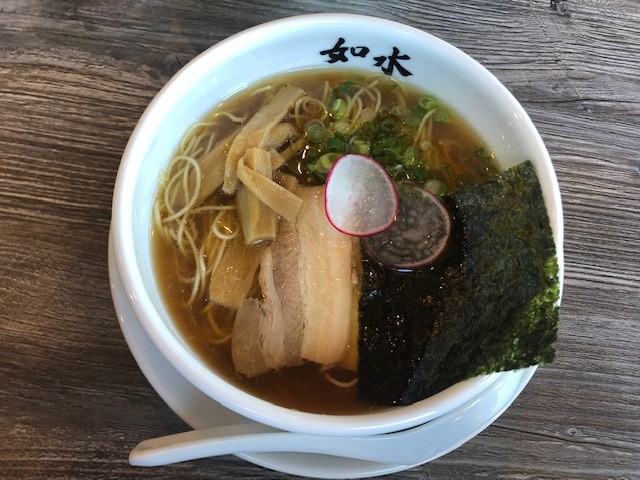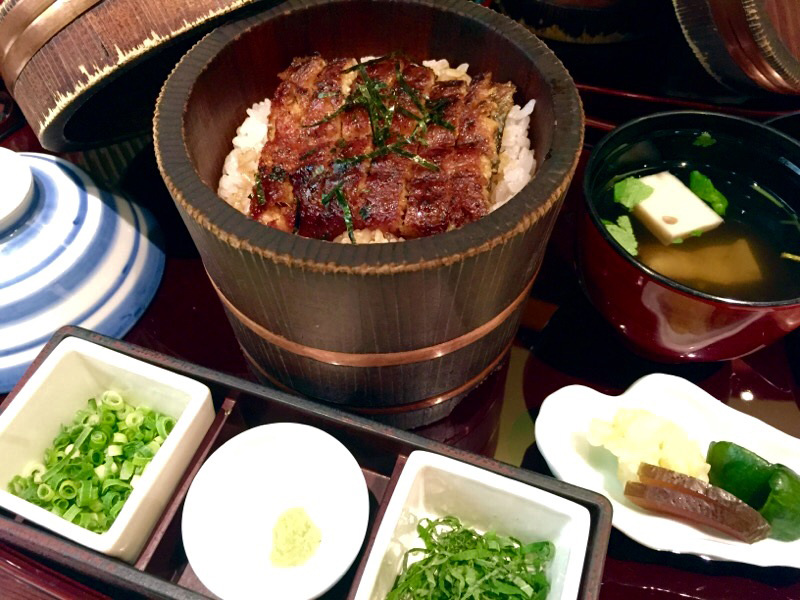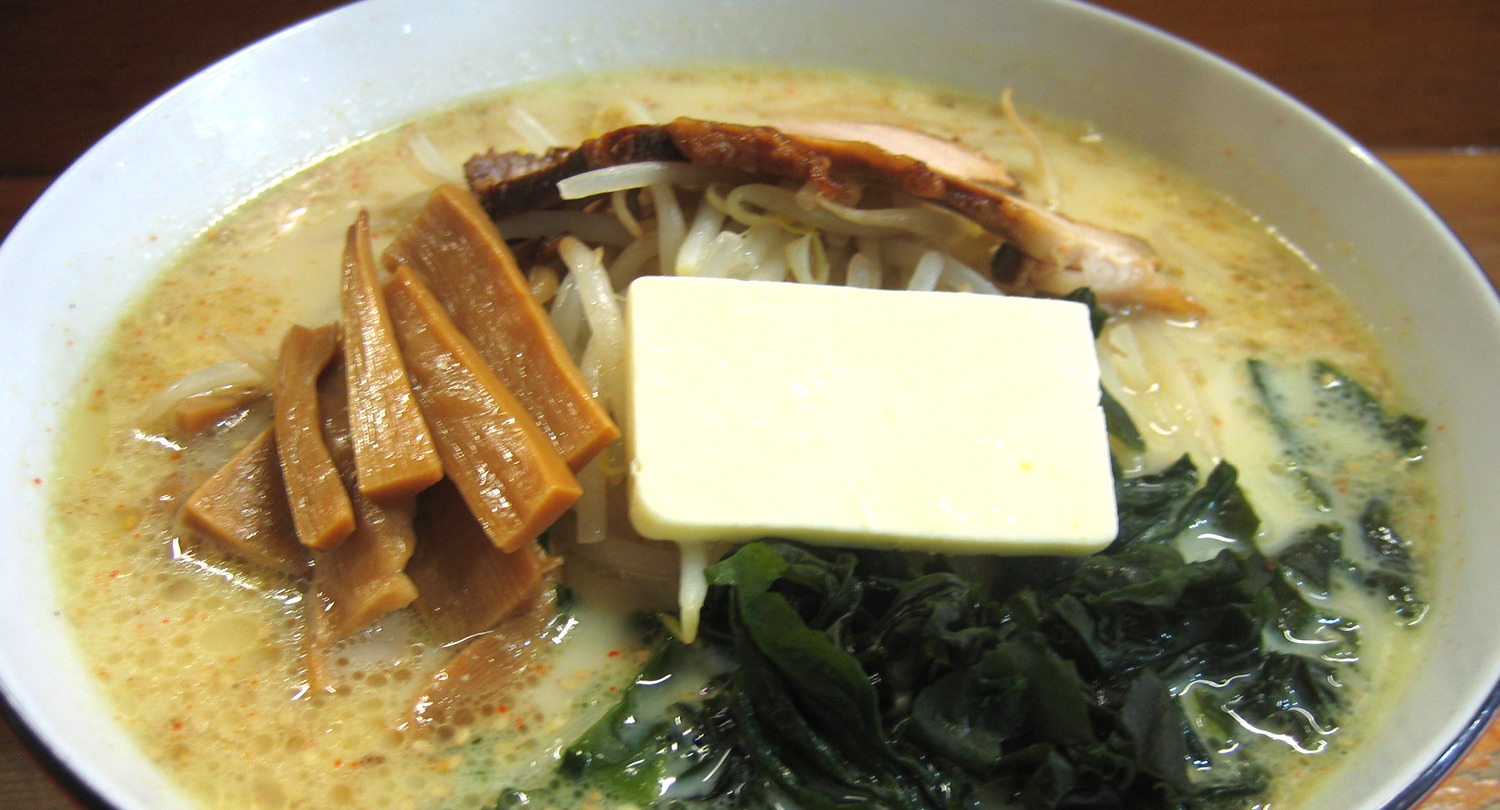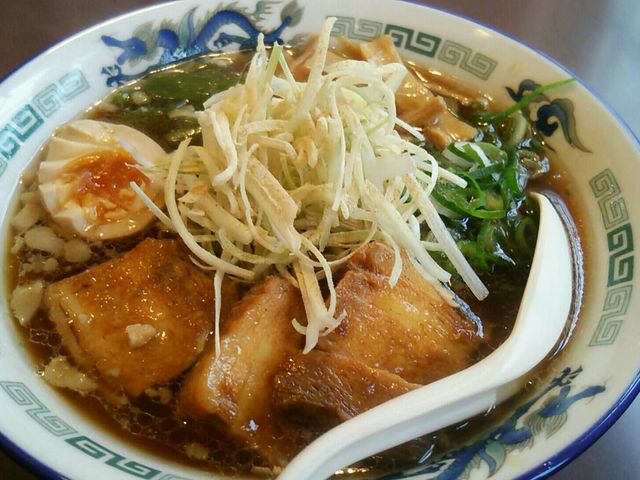Restaurant: Josui
Menu:Shoyu (Soy Sauce) Ramen
Noodle:Straight
Thickness: Thin
Hardness: Hard (Optional)
Oiliness:Normal
When people hear of Nagoya ramen, its uncommon for them to think of Taiwan ramen, but Nagoya is also known for broth in ramen from their famous Nagoya Cochin chicken. Immediately I ordered their main dish, the Josui ramen, but I was in the mood for shoyu ramen and I preferred that one instead, so I’ll share my thoughts on their Shoyu ramen today. As with the Josui ramen, the soup is a mix of chicken and pork broth. It contains a deep flavor from the chicken broth with a subtle oiliness that perfectly matches its taste. The flavor of shoyu (soy sauce) is weaker than expected, but it forms a nice harmony with the soup base. I chose my go-to thin noodles which was perfect for this ramen and it has a nice chewiness, smoothly traveling down my throat. The combination of roasted pork fillet’s sweet fatness and noodles will make you want to keep adding more and never stop putting your chopsticks down. I am recently on a hunt for good shoyu ramen, but Josui’s shoyu ramen made me realize that the best is one with good chicken broth. According to the owner of Josui, the shoyu ramen is still not in its final form and they’re currently perfecting it! It’s definitely going to get more delicious, so let’s all enjoy its transformation!
Ramen Josui : 2212 Artesia Blvd Ste B, Torrance, CA 90504















 During the freezing cold winter in Japan, many Japanese people enjoy eating Oden.
During the freezing cold winter in Japan, many Japanese people enjoy eating Oden.



